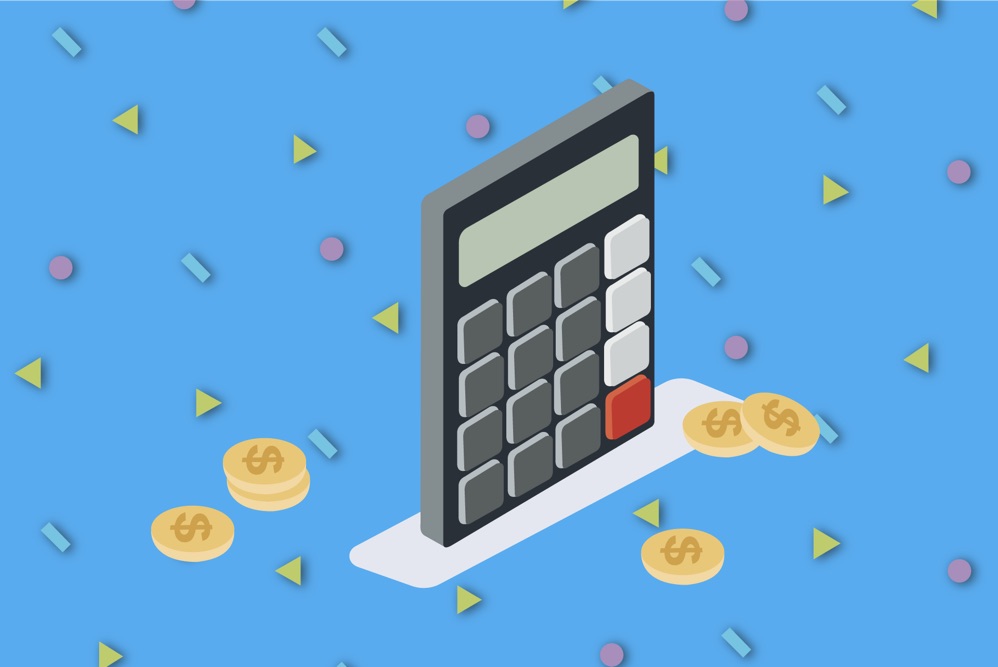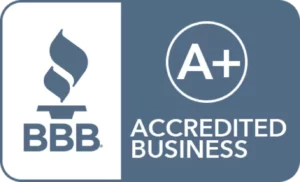Tax-Deferral vs. Tax-Free
When it comes to saving for retirement, there are two ways to fund the account(s). You either use pretax (traditional plans) or after-tax (Roth plans) funds. This is true for both 401(k) plans and IRAs. So, what’s the difference between tax-deferred vs. tax-free retirement funds?
- Saving with a retirement plan come with certain tax benefits
- Traditional plans receive an upfront tax break, while Roth plans allow for tax-free distributions
- The younger you are, the more you can take advantage of the power of the Roth
Tax Deferral
When you invest in a traditional retirement plan, you are using pretax money. Essentially, your contributions are withdrawn before they are taxed. For example, if you have a workplace 401(k) plan, your contributions are taken out before you receive your paycheck. Let’s say your gross income is $1,000 per week and you want to contribute $100 to your traditional 401(k). That $100 is sent to your 401(k) first (leaving you with $900 of taxable income). Now, that $900 is taxed based on your tax bracket and you then receive your paycheck, minus taxes and your 401(k) contribution. You receive an immediate tax break and the taxes are deferred until you withdraw from your 401(k).
Learn More: How do Self-Directed IRA’s Work?
Advantages of Tax Deferral
Obviously, the main advantage of tax-deferred accounts is the ability to lower your tax bill in a given year. Since your tax bracket is based on your earned income for the year, any traditional contributions that lessen your income will be taken from the highest bracket. To simplify, let’s say your annual salary is $100,000 and you are single. That puts you in the 24% tax bracket in 2023. Since the cutoff for the 22% tax bracket is $95,375, $4,625 of your income will be taxed at the 24% rate. However, if you were to contribute at least that much money into a pretax, or tax-deferred, account, you will fall back into the 22% bracket entirely.
The other significant advantage is the ability to pay taxes at a lower rate during retirement. This is especially true if you are at your peak earnings potential, in which you’ll see your highest tax rates. With a tax-deferred account, you can hold off on paying those higher rates and wait until you start take distributions during retirement, when your tax hit will be significantly less. Note: you must wait until you reach age 59 1/2 to withdraw from your retirement plan to avoid the early withdrawal penalty.
Tax-Free
Who doesn’t like the words “tax free?” When it comes to retirement accounts, tax-free refers to your withdrawals. As we stated earlier, you need to fund a Roth plan to reap the tax-free rewards. A Roth IRA or Roth 401(k) plan is funded with after-tax money. As opposed to a traditional plan, you don’t get an immediate tax break. Using our example from above, if you earn $1,000 per week, the entire amount will be taxed. The Roth plan will be funded after the taxes are calculated. However, your retirement account will grow tax-free and you will never pay taxes on qualified distributions from a Roth plan.
To be a qualified distribution, the Roth must have been opened for at least five years, and you must be at least age 59 1/2. Withdrawals of earnings before both conditions are met will lead to tax and penalties. Note that contributions to a Roth can be withdrawn at any time without tax or penalty.
Advantages of Tax-Free
Tax-free distributions is the number one advantage of Roth plans. Not only are withdrawals of your contributions tax-free, but also any earnings from your investments. For example, if you contribute $50,000 to a Roth IRA throughout your working years and it grows to $1,000,000, the entire million will be tax free, not just the $50k in contributions! Taxes must be paid on the entire balance of a traditional plan that are withdrawn.
While traditional plans offer you an immediate tax break, you might not need it when you first start working. Often, when you enter the workforce, you will be in a lower tax bracket. The tax break is not as important for you if this is the case. Rather, you can pay taxes now at a lower rate and then enjoy the tax-free benefits later in life. Generally speaking, a Roth plan offers greater benefits over the long run.
One last thing to consider is that you can choose to let the Roth grow for as long as you wish. However, traditional plans start requiring withdrawals once you reach a certain age. In 2023, if you are at least age 73, you must start taking RMDs, required minimum distributions. The IRS wants its cut after all. RMD rules do not apply to Roth accounts since no taxes are due to the IRS. Therefore, you can let the assets grows unhindered for as long as you wish.
Did you know that you can purchase Real Estate in a Roth IRA and move in the rental property at 59 1/2? Learn more: Using a Roth IRA to Invest in Real Estate
Tax-Deferral vs. Tax-Free: Which Should You Choose?
Everyone’s situation and retirement goals are different, so there’s no one right answer to this question. However, there are a few things you should consider:
- If you are younger and have not reached your earnings potential, a Roth plan is typically the better choice. On the other hand, if you’re currently in a high tax bracket, the tax break of the traditional plan might be better.
- Required Minimum Distributions – You are required to take mandatory distributions from traditional IRAs and 401(k) plans once you reach age 73. If you plan on utilizing your retirement funds throughout your golden years, this is perfectly acceptable. However, if you are in a comfortable financial situation and don’t really need those funds and wish to leave them to a beneficiary (such as your child), a Roth is much better. Roth plans are a great estate planning tool since you are never required to withdraw from the account.
- Since Roth plans are funded with after-tax money, you are allowed to withdraw contributions at any time, tax- and penalty-free. This can come in handy if you are in dire straights for some cash. You will be penalized most of the time when you withdraw funds from a traditional account before the age of 59 1/2.
- One last thing to consider is your adjusted gross income (AGI). If you earn too much money, you cannot directly contribute to a Roth IRA. However, you can use the Backdoor Roth solution to get money into a Roth.
Conclusion
Whichever route you plan on taking, it’s imperative that you save for retirement. The earlier you start and the more you contribute, the better you will be in the long run. There really is no right or wrong answer when choosing between tax-deferred vs. tax-free savings. Saving is the real key here. If you have any questions about the differences laid out, please contact us @ 800.472.0646.







